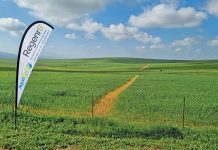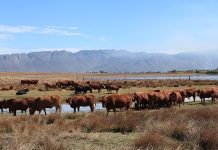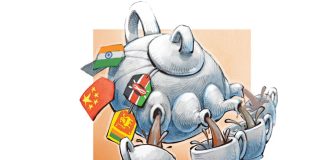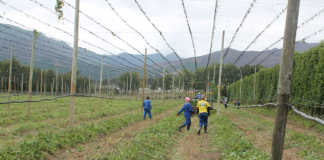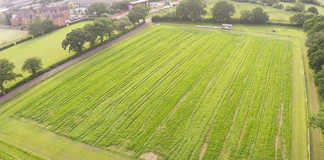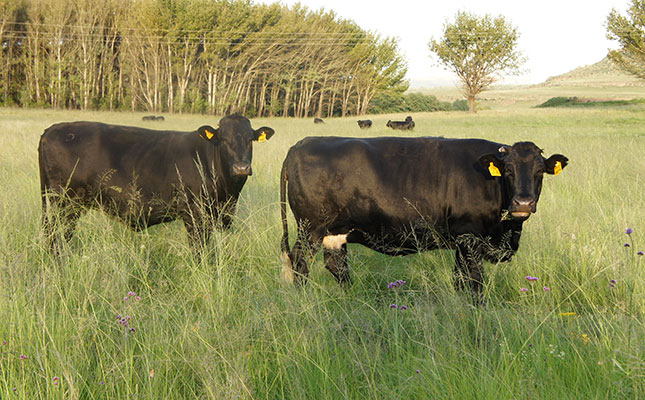
Photo: FW Archive
The Drakensberger’s lineage can be traced back to the cattle of the Khoi and other indigenous people of the Cape. The Drakensberger Cattle Breeders’ Society of South Africa (Drakensberger SA) cites Vasco da Gama, who mentioned, as early as 2 December 1497, a “fat, black ox” he had received during trade.
After the Battle of Vegkop in 1837, the Voortrekkers lost almost all of their cattle. It was through trading with trekkers of Thaba ‘Nchu and King Moshoeshoe of the Basotho, and the eventual recovery of their cattle on 26 December 1838, that the Voortrekkers began re-establishing their herds.
READ Producing well-balanced animals for maximum profit
According to Drakensberger SA, these cattle became known as ‘Vaderlanders’, and there is evidence the Voortrekkers left the Cape borders in the 1830s with Vaderlanders pulling their wagons.
Jacobus Uys and his son, Dirk Uys (‘Swart Dirk’), would eventually play a significant role in the development of the Drakensberger. Swart Dirk used strict selection criteria within a closed herd in the Wakkerstroom and Utrecht districts to produce a highly efficient cattle breed, according to Drakensberger SA.
The breeding programme was continued by his son Coenrad and son-in-law MJ Uys.
As a result, the animals were eventually known as Uys cattle. Those bred by the family were used as draught animals, and thus had strong and big forequarters, with lighter hindquarters.
READ Beef production: achieving a top herd through careful veld management
As farm technology moved towards mechanisation in the early 20th century, these animals began to be selected for meat production. The Drakensberger cattle breed was officially founded on 7 November 1947.
Traits
The Drakensberger is well known for a variety of important economic traits. These include:
- Mild temperament;
- Low birthweight and easy calving;
- Low incidence of abortions;
- Exceptional maternal instinct and self-protection;
- Resistance against diseases, particularly tick-borne diseases, due to a thick skin;
- Fairly good resistance against internal parasites;
- Good pigmentation, with resistance to ultraviolet radiation, photosensitivity and eye problems;
- Heat resistance, due to loose skin and a short, shiny blue-black coat that reflects sunlight;
- Resistance against ticks;
- Strong legs and a bone structure with hard buffalo hooves, which improves walking comfort, even on rough terrain; and
- A good capacity for feed intake during grazing.
“Continuous emphasis has been placed on economically important aspects such as adaptability, fertility, ease of calving, strong milk production traits, longevity, growth ability, feed turnover conversion and carcass quality. Nonetheless, appearance still ranks high and selection is done strictly according to the Standard of Excellence.
“The particular value of the Standard of Excellence in the development of the breed is easily recognised in the uniformity and general appearance of the Drakensberger. It has developed to a breed with noticeable genetic traits, which almost makes it a perfect cattle breed,” says Drakensberger SA.
Visit drakensbergers.co.za.


